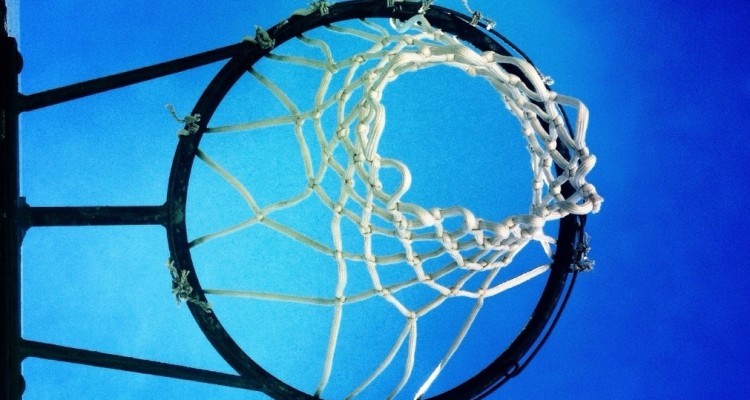
Small Data, goal in tastes and motivations
A few years ago, the expression Big Data seemed very technological and complicated. Nowadays, it’s already a reality in our lives.
Big Data was born primarily out of the huge proliferation of sensors located everywhere (a smartphone generates a huge amount of data continuously) and out of the increased speed in transferring them and the computational capacity to handle them, as well as the lowering of the costs of the whole process.
Nowadays, thanks to Big Data we can view what position all the planes flying over the planet are in; predict at bus shelters how many minutes until the next bus arrives; and offer every net surfer products based on their own Google searches.
Big Data, therefore, is based on obtaining and storing large volumes of data that are subsequently analysed and through which different consumer patterns are obtained.
Today, the roll-out of digitalisation has enabled us to accumulate huge amounts of data and information. International Data Corporation (IDC) predicts that by 2020, over 40 million terabytes of data will be handled. This is why it’s essential that this immense amount of information is processed properly if we want to carry on advancing and innovating.
Smart versus Big. Quality versus quantity
We know today that Big Data has worked around the four “Vs”: volume of data, velocity of obtaining and transferring them, variety of sources and veracity of these data. But from now on, data are going to acquire an additional value. The quantity has been left behind and the quality will take centre stage.
If Big Data revolved around four “Vs”, Smart data will add another one, the value that these data produce when taking decisions and carrying out actions.
Therefore, Smart Data does not mean having a large volume of data, or multiple sources, but will focus on the smart use of data with the aim of generating extra intelligence in people’s activities.
The best-known example are Smart TVs, where with just a small amount of data about our habits, the operating system shows us what might interest us.
This means that the technology is geared more towards problem-solving than accumulating information. Smart as opposed to Big, quality as opposed to quantity. The success stories will depend on the proper use of data and not just on their accumulation.
Smart Data in everyday lives
Through Big Data we discovered that having a large amount of information about customers and their consumption habits was a key element in knowing consumers and taking the right decisions.
However, the real challenge consists of knowing how to manage this information well with the aim of getting the most out of it. In the field of customer care, Smart Data focuses on the data that reveal consumers’ tastes and motivations with the aim of focusing it on customer experience.
For this, when turning Big Data into Smart Data at the contact centre, we should follow the same criterion: every person is unique.
It could be thought that only technology companies use Smart Data, but its application is across all sectors, as it has great use in education, healthcare, marketing, human resources and a long list of sectors.
Increasingly more businesses, including SMEs, use Smart Data to gain customer loyalty with personalised products or offers: for example, a supermarket that uses data on a customer’s preferences, based on their shopping records (they’re vegan, coeliac, they have a sweet tooth) to give them the offers that will most interest them.
Pokémon Go: a huge success story
The Pokémon Go mobile app, which consists of capturing various fantasy creatures, became the most popular in its first month of operation despite being launched progressively in different countries. Its success lay in the use of Smart Data.
Why? Geolocation services were responsible for this huge success. The company that created it made the most of its experience with a game that it had launched previously, based on geolocation. You already had the large volume of data and all you had to do was place the creatures in the places that were adapted to the real ecosystem. The data gathered from the users served to position the PokéStops.
















